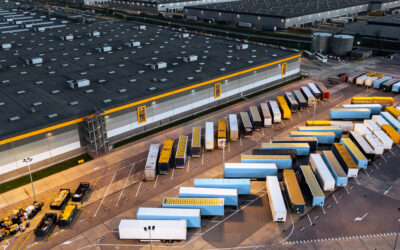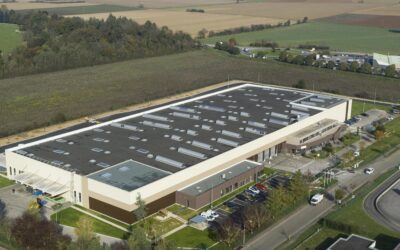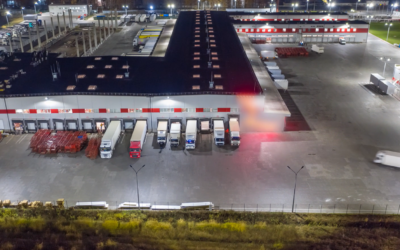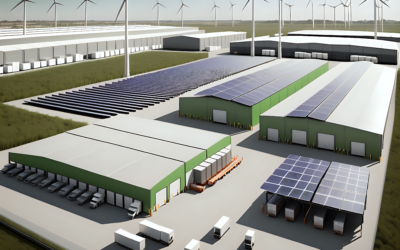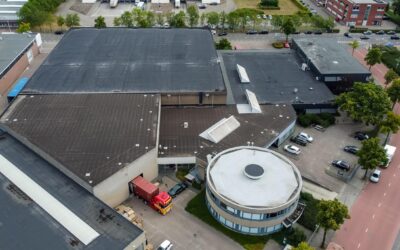Increase in Demand
The burgeoning e-commerce has contributed to enormous demand for warehouse space close to major population centers, where logistics space is limited.
According to property consultants JLL, 16% of net additional logistics space has been leased in Europe in 2020. The rise was even bigger in America and Asia with an increase of 21% and 32% respectively (cf. below graph). This surge is in particular caused by e-commerce players: 25% of the new leases signed in Western countries in 2020 were linked to online sales (an increase by 12% compared to 2019), JLL says. The percentage is even higher in Asia (33% in China).
Figure 1: Logistics property, net additional space leased (in million sqm)
As they go digital, retailers’ inventories are growing fast: the space needed for online retail is estimated to be three times higher than a physical one, as customers expect a wider product diversity for their online purchases. Prologis estimates that for every $ 1Bn in sales, e-commerce players require more than 100,000 sqm of distribution space. Case in point, Amazon increased its logistics spaces by 50% in 2020.
Therefore, vacancy rates went from 10% to 5% across Europe and America in just 10 years. The rate goes even below 2% in major cities such as Tokyo or Toronto.
Overall, assets’ value has boomed over the last years. As a result, investors are turning toward the asset class: JLL reckoned that the weight of logistics went from 10% to 20% of the total real estate investments in the last 5 years.
Innovative Storage Solutions
In densely populated area, the combination of low vacancy rates and scarcity of industrial land are curbing new supply of logistics space: in San Francisco, half of the industrial lands have been converted to residential and office space from 1990 to 2008 and in London, industrial land decreased by 11% from 2006 to 2015. This situation has pushed countries such as Germany to offshore logistics activities, with German trucks operating their deliveries across the border (French, Polish…).
This situation is prompting logistic developers to find innovative solutions, such as converting existing properties (malls, airports, theaters, etc.) into distribution centers. Despite the evident barriers (high costs, restrictive zoning rules, tenants, etc.), developpers are getting creative:
- Segro and Icade, two real estate investment trust companies, signed preliminary agreements in September 2020 to acquire land for the redevelopment of a rail station in the 13th district of Paris. Scheduled to be completed by 2025, the scheme will deliver 75,000 sqm underground logistics center and last-mile delivery in a city where developable space is limited
- Amazon recently found a shuttered 18 holes golf course in the Town of Clay, New York, to build a $ 350m distribution center. The online sales giant has also taken old malls to turn them into warehouse spaces all across the USA and converted an empty car park in central London into a delivery hub
The future of urban industrial space
Will e-commerce pull more stores out of ground-floor retail location and transform urban retail space to inner city distribution centers ? Warehouses will certainly be incorporated to our urban landscape, however this trend must be nuanced. Let alone the political and administrative restrictions prohibiting such transformations, some industries – such as grocers and restaurants – are more likely to survive and be resilient to e-commerce encroachment. After all, Prologis forecasts that such conversions will make up not more than 0.75% of the overall logistics stock by 2030.
Notes
- The Economist, May 2021
- CNBC, March 2021
- Segro, September 2020

